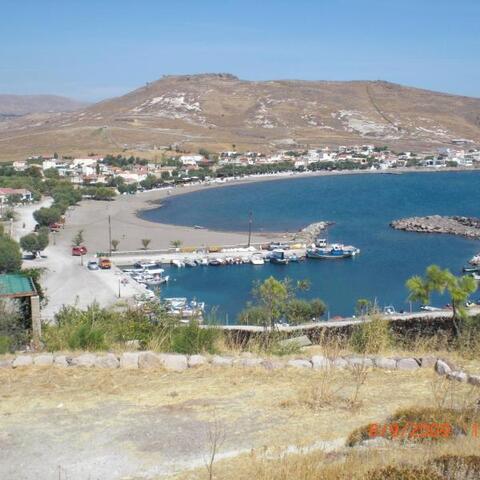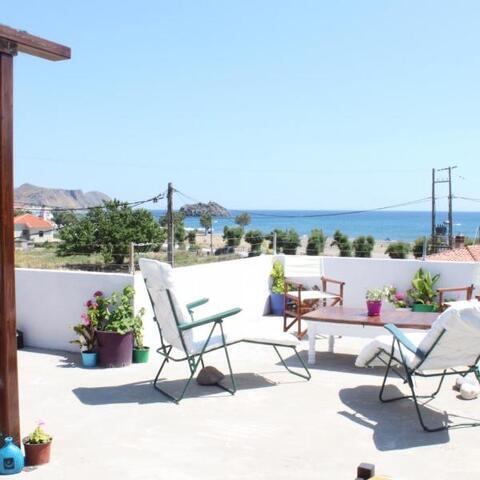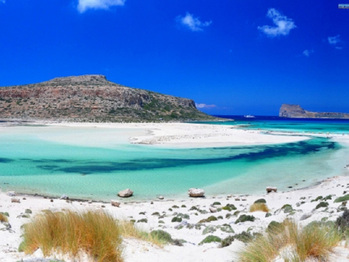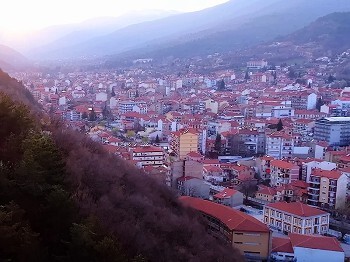
Lesvos Island, an enchanting Greek isle in the Aegean Sea, is a treasure trove of historical and cultural Landmarks waiting to be explored. From ancient Ruins to Byzantine churches, this island offers a captivating journey through time. In this guide, we’ll delve into some of the most significant historical sites on Lesvos, each revealing a unique chapter of the island’s storied past. Whether you’re a history enthusiast or a curious traveler, Lesvos promises an enriching Experience.
We suggest for your stay:
Still Looking for the Perfect Stay?
1. The Ancient Theater of Mytilene
Located in the island’s capital, Mytilene, The Ancient Theater is a must-visit site for history buffs. Dating back to the 3rd century BC, this well-preserved Theater once hosted various Performances and gatherings. Today, visitors can admire its impressive semicircular seating and the Remains of its stage. The site also offers breathtaking Views of the surrounding area, making it a perfect spot for both historical Exploration and scenic enjoyment.
2. The Roman Aqueduct of Moria
The Roman Aqueduct in Moria, a village near Mytilene, is a remarkable feat of ancient engineering. Constructed in the 3rd century AD, this aqueduct was crucial for supplying Water to the island’s inhabitants. The impressive structure includes arches and tunnels that showcase the advanced techniques used by Roman engineers. A visit to this site provides insight into the daily life of ancient Lesvos and the sophistication of Roman infrastructure.

3. The Byzantine Castle of Mytilene
Dominating the skyline of Mytilene, the Byzantine Castle is a striking historical fortress with a rich past. Originally built in the 6th century AD, the castle was expanded and fortified over the centuries. Its robust walls and towers offer panoramic Views of the city and the Harbor. Exploring the castle’s interior, you’ll find remnants of medieval Architecture and ancient Artifacts, providing a glimpse into the island’s defensive history.
4. The Archaeological Museum of Mytilene
For a comprehensive overview of Lesvos’ history, the Archaeological Museum of Mytilene is an essential stop. The museum houses an Extensive collection of Artifacts from various periods, including prehistoric, classical, and Byzantine eras. Highlights include ancient Pottery, Sculptures, and inscriptions that tell the story of the island’s cultural and historical evolution. The museum’s well-curated Exhibits offer valuable context to the historical sites you’ll visit around the island.
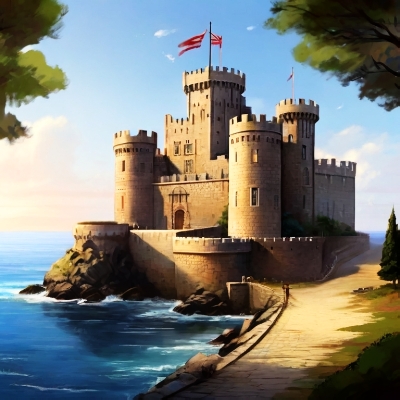
5. The Monastery of Saint John the Theologian
Nestled in the picturesque village of Molyvos, the Monastery of Saint John the Theologian is a serene and historical site. Founded in the 18th century, this Monastery is known for its beautiful Frescoes, religious Relics, and tranquil surroundings. The site provides a glimpse into the spiritual life of the island’s past and offers visitors a peaceful retreat with stunning Views of the Aegean Sea.
6. The Ancient Agora of Mytilene
The Ancient Agora, located in the heart of Mytilene, was once the bustling center of public life in ancient times. This historical site features the Remains of public buildings, including temples, Markets, and administrative structures. Walking through the Ruins, you can imagine the lively Atmosphere that once filled this space. The Agora’s location offers an excellent opportunity to explore the historical layout of the ancient city and its Significance in the region.
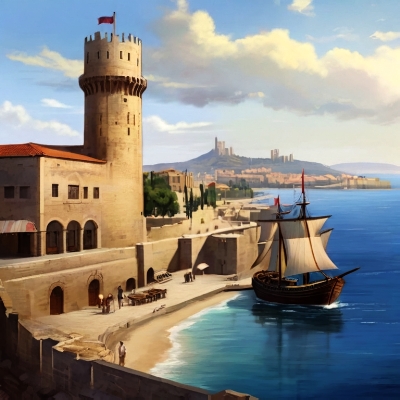
7. The Kalloni Salt Pans
While not a traditional historical site, the Kalloni Salt Pans offer insight into an important aspect of local industry and history. Used since antiquity, these salt pans Highlight the traditional methods of salt production that have shaped the island’s economy and culture. Visiting the pans provides a unique perspective on how ancient practices continue to influence modern-day Lesvos.
8. The Village of Agiassos
Agiassos, a charming mountain village, is known for its rich history and cultural Heritage. The village is home to several historical buildings, including old churches and traditional houses that reflect the island’s architectural evolution. The Church of Panagia in Agiassos, with its ornate interior and Historical significance, is a focal point of the village’s religious Heritage. Exploring Agiassos offers a glimpse into the island’s traditional lifestyle and historical development.
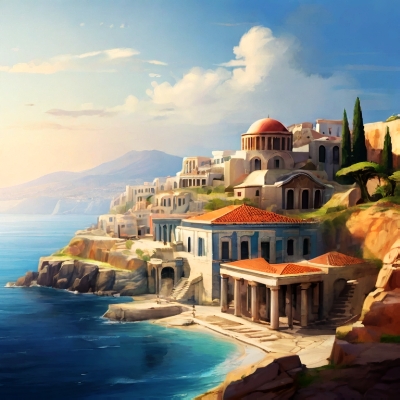
9. The Fortress of Molyvos
The Fortress of Molyvos, perched on a hilltop overlooking the village of Molyvos, is another key historical site. Built by the Byzantines in the 14th century and later expanded by the Ottomans, this fortress played a crucial role in the island’s defense. The fortress offers stunning panoramic Views and a chance to explore its well-preserved walls and towers. Its strategic location and Historical significance make it a fascinating stop on your journey through Lesvos.
10. The Museum of Industrial Olive Oil Production
Located in the village of Ano Vasilika, the Museum of Industrial Olive Oil Production offers an in-depth look at the island’s Olive oil industry. Housed in a traditional Olive oil mill, the museum showcases antique machinery and tools used in Olive oil production. This site provides valuable insights into the historical importance of Olive oil in Lesvos’ economy and culture, reflecting a tradition that has been integral to the island’s Heritage for centuries.

Conclusion
Lesvos Island is a historical treasure chest filled with captivating sites that offer a window into its rich past. From ancient theaters and Byzantine castles to serene Monasteries and traditional Villages, each location provides a unique story and a deeper understanding of the island’s Heritage. As you explore these historical Landmarks, you’ll gain a greater appreciation for the island’s diverse cultural and historical landscape. Whether you’re a history enthusiast or simply seeking to immerse yourself in the local culture, Lesvos promises an unforgettable journey through time.

